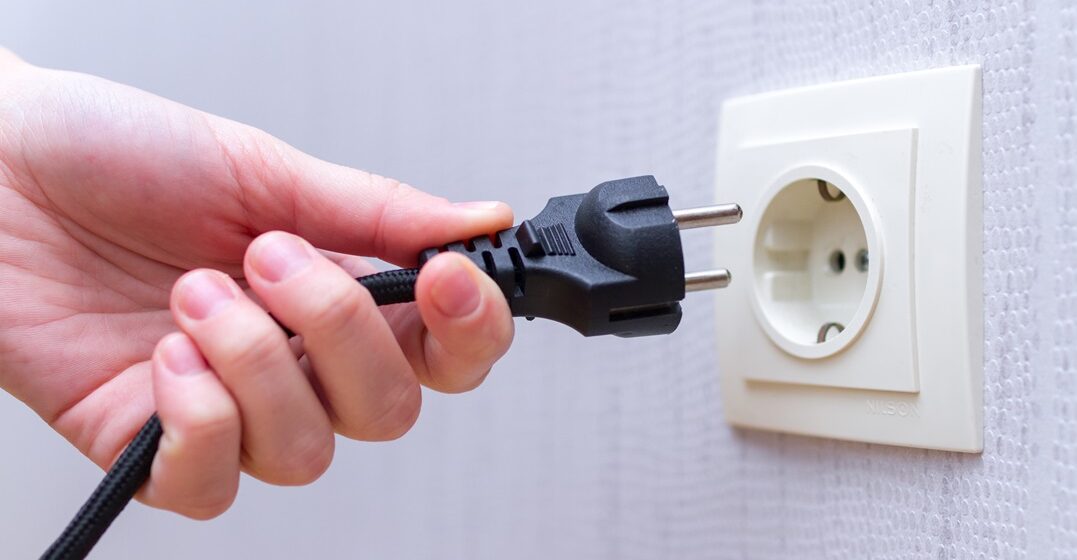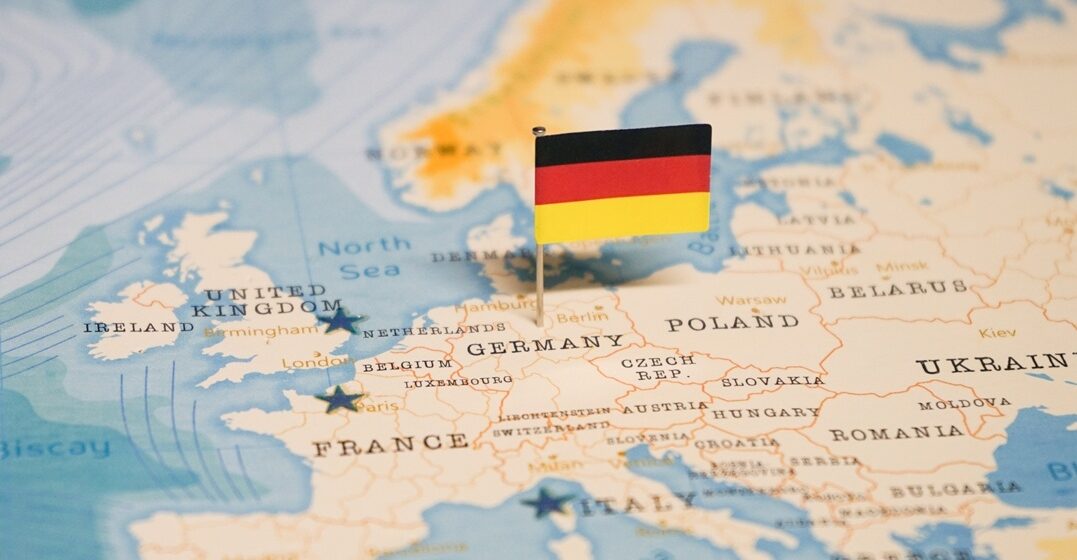Plug sockets in Germany: What travel adapters do you need?

So, you’ve checked your passport to ensure it’s valid, exchanged some dollars for euros and even bought travel insurance. You’re almost ready to go to Germany. But wait! Did you forget about a travel adapter? And do you know which type of plug socket they use in Germany? If you bring the wrong adapter, your phone charger and hair straightener will be as good as useless when you arrive.
In this guide, we're exploring the electrifying world of plug types and voltage. We’ll also supply you with some essential vocabulary to make sure you're fully charged and ready to hit the ground running on your holiday in Germany.
- Understanding German power sockets
- Will US plugs work in Germany?
- Voltage and power supply
- Where can I find plug sockets in Germany?
- Talking the talk
Learn languages at your pace
Understanding German power sockets
You've just arrived in Berlin and you’re bursting with excitement, but your phone's running low on juice and your hair has turned into a bird’s nest on the plane. Weary traveler, meet the Schuko plug.
Unlike the electrical outlets found in the US, the Schuko plug is distinguished by its two round pins and two grounding clips on the sides. The Schuko plug is also called a Type F plug. You’ll also see Type C plugs in Germany, which lack the grounding clips. Both of these plug types fit into the Schuko sockets found all across Germany.
Will US plugs work in Germany?
No. US plugs will not work in Germany without a travel adapter.
The US predominantly uses Type A and Type B plugs with flat, parallel prongs. You can’t fit a square peg (or plug) in a round hole. So, you can’t plug appliances with US sockets into electrical outlets in Germany.
Luckily, travel adapters are usually affordable and easy to get hold of before your trip — or even at the airport, if you’re reading this while waiting to board.
Voltage and power supply
So, will your US-bought electrical tools and appliances work in Germany? It depends.
Voltages are different between North America and Europe. North America runs on a 120-volt (120V) system, while Germany runs on 230 volts (230V). Most modern electronic devices, like laptops and smartphones, have dual-voltage capabilities. This means they can function with 120V and 230V, so they’ll work without a voltage converter.
However, older devices might not have this dual-voltage capability. Check the voltage specifications of your appliances before plugging them in to avoid any sparks flying.
Learn languages at your pace
Where can I find plug sockets in Germany?
Aside from all the regular places throughout your home and office, you’ll find plug sockets on most trains in Germany, so you can charge your devices on the go. Many hotels now also have USB sockets, allowing you to charge your phone, smartwatch and other gadgets via a simple USB charger.
Talking the talk
When learning a language, you may end up skipping over some essential travel vocabulary. In this table, you’ll find some key vocabulary to help you talk about plugs and power sockets in Germany.
| English | German |
| plug | der Stecker |
| socket | die Steckdose |
| travel adapter | der Reiseadapter |
| wire | das Kabel |
| electric shock | der Stromschlag/elektrischer Schock |
| What type of plug do I need in Germany? | Welchen Steckertyp benötige ich in Deutschland? |
| Do you have a plug converter/travel adapter? | Haben Sie (formal) einen Reiseadapter? |
Power up for your trip to Germany
With this knowledge, you’re ready to explore Germany at full power! While Germany’s Type F and Type C plugs won’t allow you to plug in your US devices directly, a travel adapter will help you do that with little trouble. Always check the voltage on your devices and brush up on a few essential words and phrases, and you’re ready to explore.













